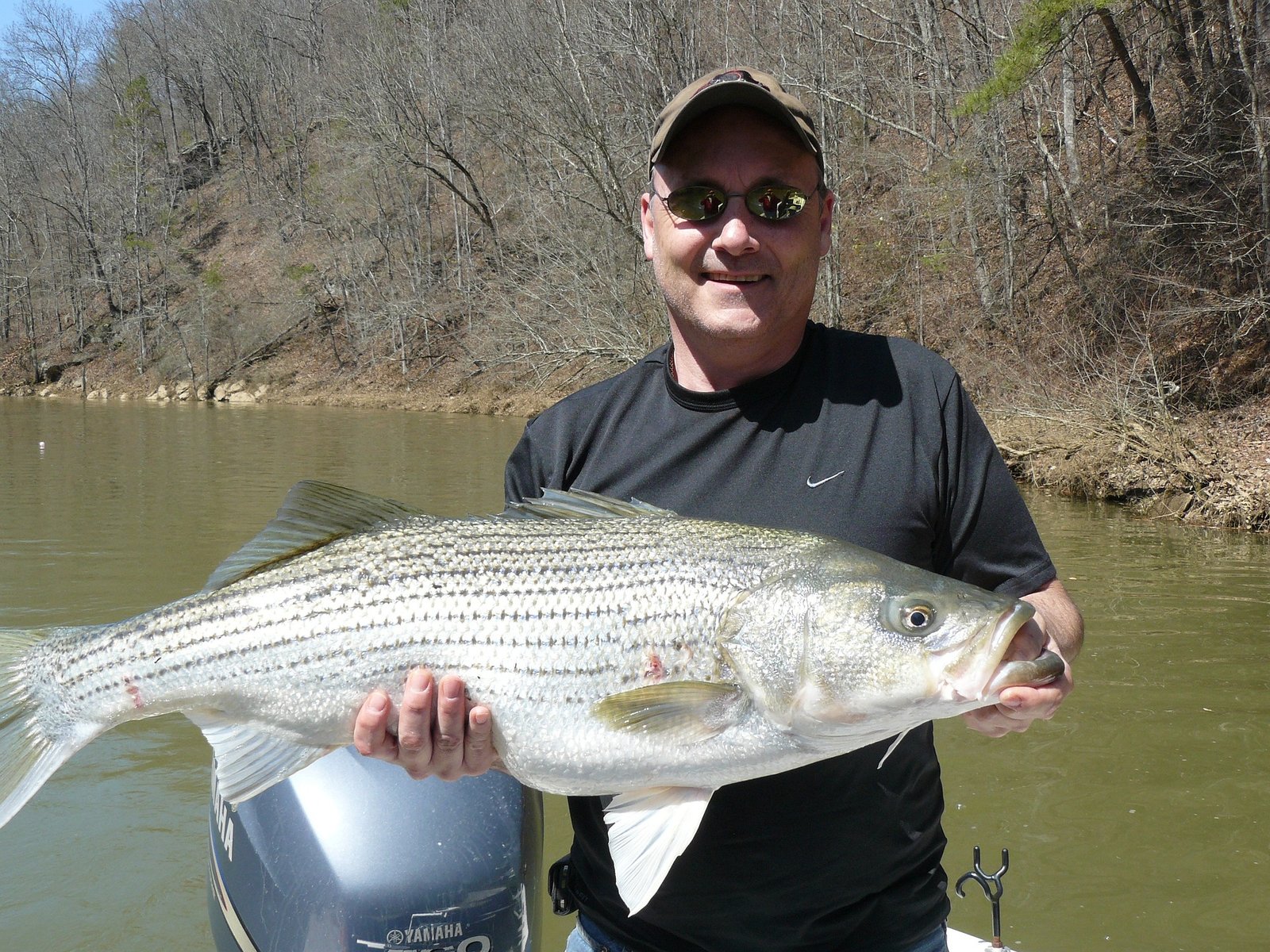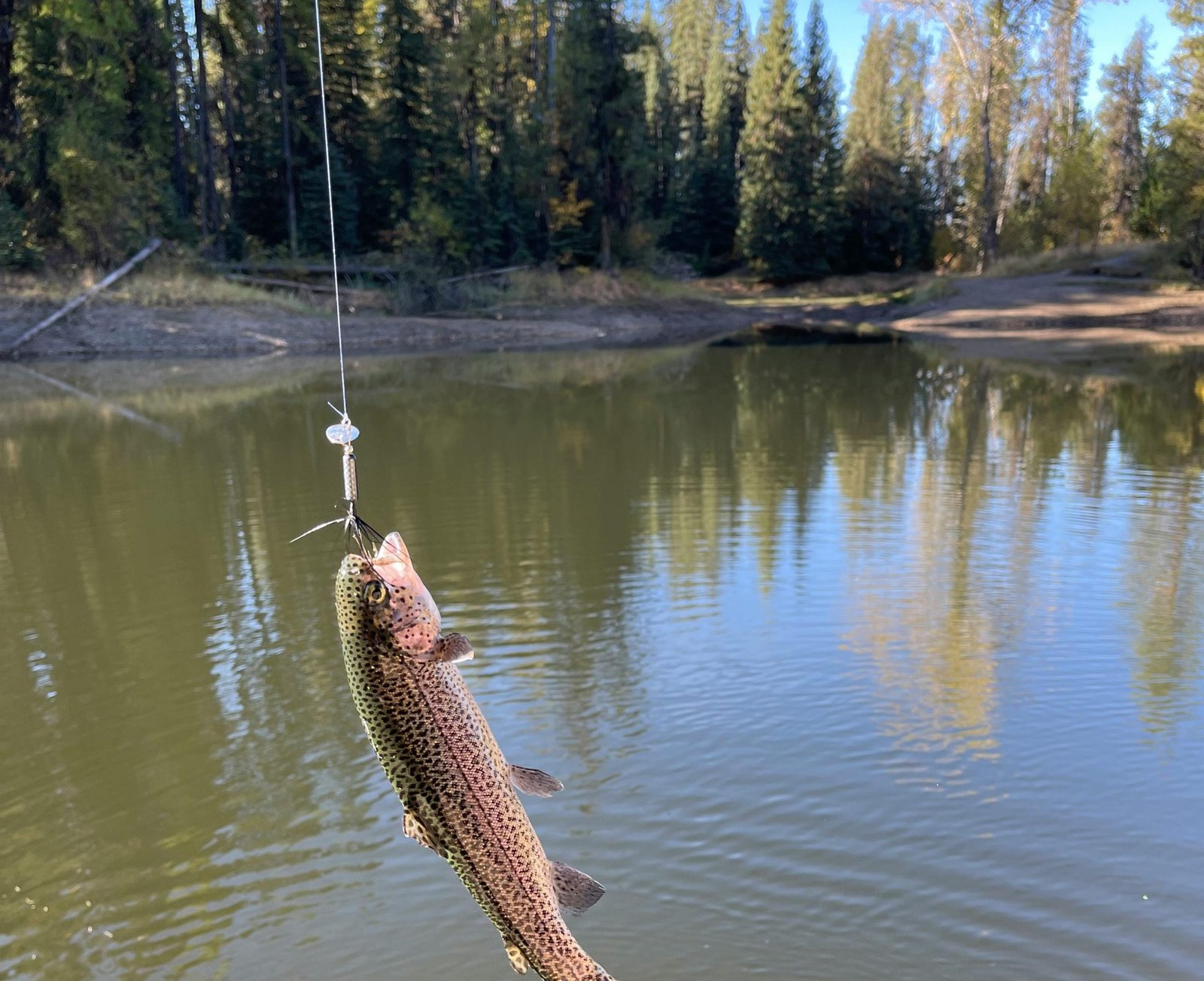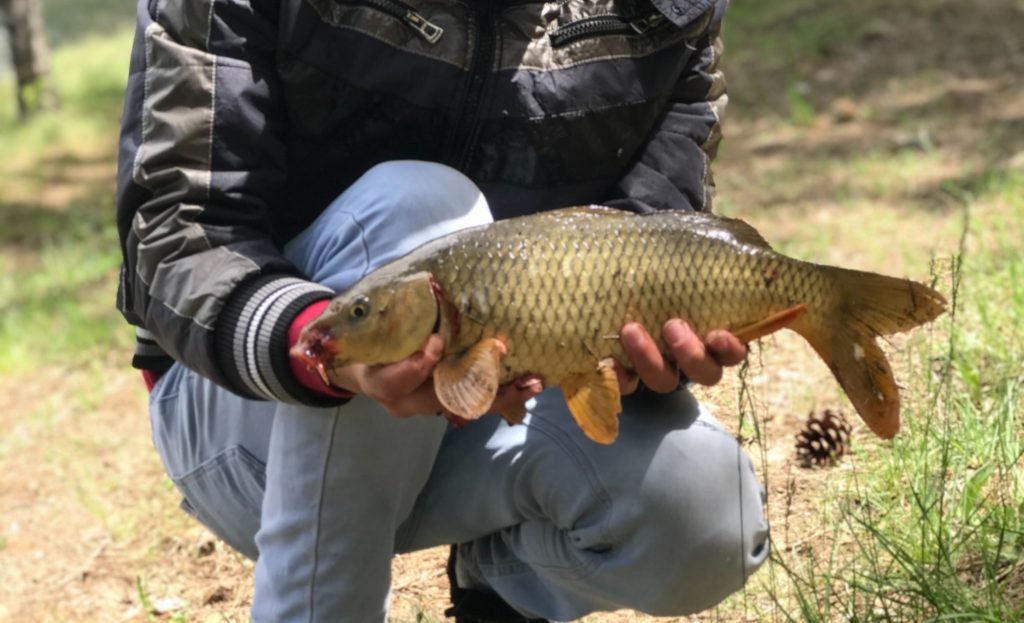
~This post is going through an updating process. Working to get it back as soon as possible~
Carp are known for their diet consisting of… just about anything they find in the water, but they can also be very finicky sometimes.
Knowing this, I’ve tried various baits over the years and have come up with a list of the best options for catching carp.
One of the most popular and effective baits for carp is boilies. These small, round balls of dough are made from a variety of ingredients, including cornmeal, meat, and eggs or other animal fat.
Boilies come in a range of flavors and colors, so you can choose the one that best matches the carp’s natural diet. Another great thing about boilies is that they can be customized to suit your specific fishing conditions and preferences.
Another effective bait for carp is sweetcorn. This simple, affordable bait is readily available at most tackle shops and grocery stores and can be used in a variety of ways.
Some anglers prefer to use whole kernels of sweetcorn, while others opt for a ground-up version known as “cornmeal.”
Sweetcorn is particularly effective in the warmer months when carp are more active and feeding more frequently, but it can work in colder seasons sometimes.
But besides boilies and corn, there are many other baits that you can effectively use to catch carp. You never know when a cherry tomato saves the day and finally catches one…
So overall, I want you to know that finding the best bait for carp requires a bit of experimentation and patience, especially for your specific conditions and water body.
But with the right approach, you can increase your chances of landing your next big catch.
Best Natural Baits
It really doesn’t get any simpler than threading some corn on a hook and casting out. Or if you’re somewhere travelling and you have your rod with you, some bread will do it.
Natural Prey
Okay, maybe bread and sweetcorn aren’t completely natural, but these baits below surely are.
Earthworms and maggots are the number 1 proven carp baits used. And before classifying worms as a “top carp bait”, which freshwater fish doesn’t hit on a worm anyway? You can be big on your boilie collection, but what a worm does sometimes can’t be replicated by our new modern baits.

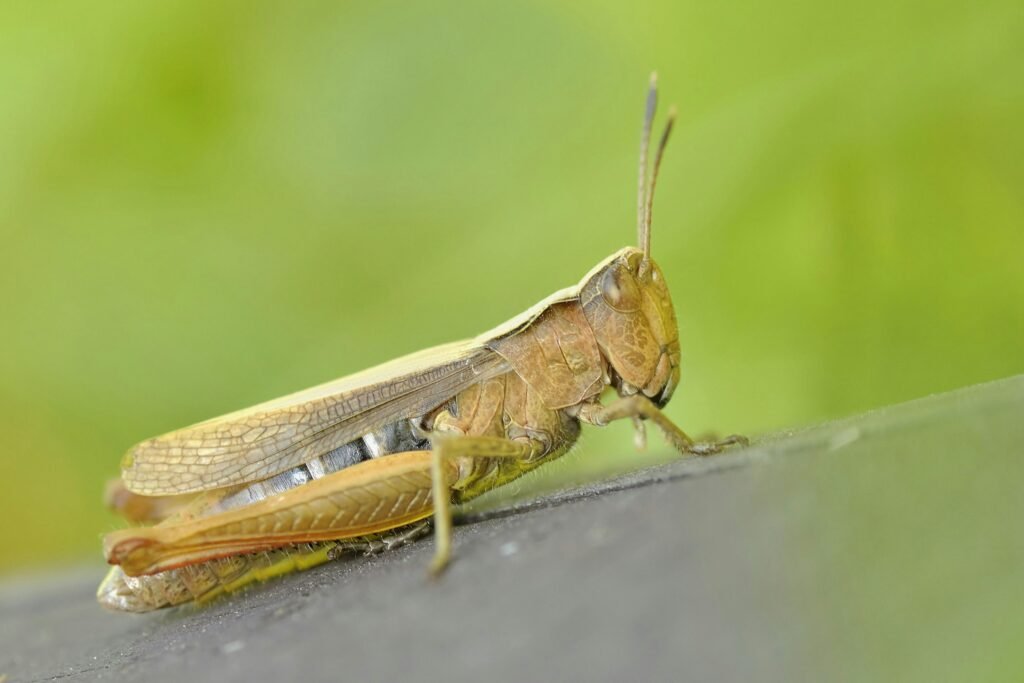
Crickets and grasshoppers are also pretty good if you can catch some. Most commonly found bugs can also be used as bait without a problem, although I’ve found them more effective in river chub fishing.
And while they’re simple and effective to use, I would not recommend using natural bait for chasing very big carp. Not because they won’t bite, but smaller carp will usually take head of the game when it comes to grasshopper on a hook, or a plain worm. Big boilies usually catch the most PB’s.
Store-bought Baits
If you’re the recreational angler fishing your local pond form time to time, then getting some canned corn from the store is the straightforward effective option. Just take that kernel and thread it on the hook with the tip exposed (it will ensure better hook-ups).
If the carp in your pond don’t like corn, then some luncheon meat may give you better results. It may be a little tricky to hold on the hook, but the scent it creates drives carp (and catfish) crazy. Hot dogs, spam, or salami, whatever you have works.
Bread is an excellent bait too. You can thread the crust on the hook just as it is, or form balls form the crumb. You can additionally form a quick dough with water and crumb. Also add some beer or other attractant if you have.
Cherry tomatoes are nature’s boilies. Their bright color and juice are hard to go unnoticed by carp. I know they’re a little bit unusual, but they’re worth the try.
Best Bought-Baits for Carp
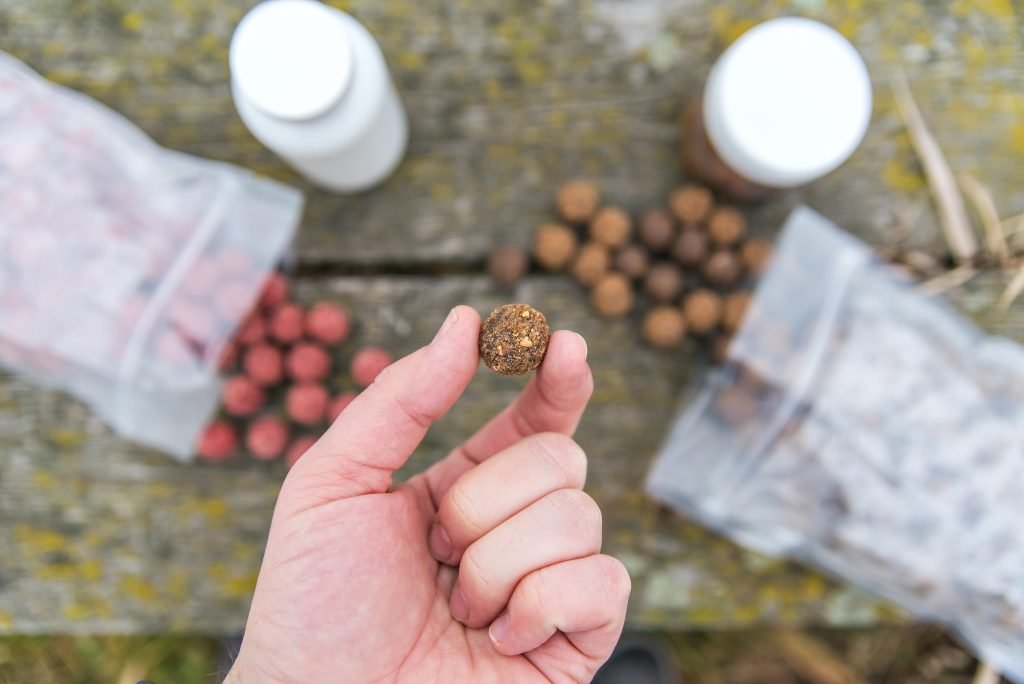
So we finally arrived at packed baits, or those that you get from a tackle shop. I have to tell you man, boilies, pellets, pop-ups, wafters and so on, they’ve evolved so much in the last years.
While it can be said so about their effectiveness, I think the marketing game has grown a little too much (but this is another point of discussion). All these new bait companies, each with a 100 different flavours and assortments, make it hard to just choose something.
Having said this, let’s look at some of the most popular carp pack baits on the market, as of 2024.
1. Best Ground Baits
Groundbaits are, as the name suggests, ground ingredients like bread, pellets, fish parts, cheese (these are just a few examples) and a bunch of attractants. You need to wet them gently until they have the right consistency, so they stick well to your feeder (not so much that they won’t slowly break down in the water, though).
The Sonu ground bait range is highly regarded among anglers for its versatility and effectiveness. One standout product is the Sonubaits F1 Groundbait, which has gained a reputation for its ability to attract a wide variety of fish species. This groundbait is particularly popular for its sweet, fishmeal-based formula that appeals to carp, bream, and other coarse fish. Many anglers appreciate its easy-to-mix consistency, making it a go-to for both novice and experienced anglers.
Another notable product is the Supercrush Krill & Squid Groundbait. This mix combines the potent attractants of krill and squid, delivering a strong, fishy aroma that draws fish from long distances. It’s especially effective in commercial fisheries where fish are accustomed to high-quality baits.
Dynamite Baits also offers some of the best options out there. One of the top choices has to be the Swim Stim Betaine Green, which has been a favorite among anglers for years. This groundbait is renowned for its pulling power, especially when used as a paste, making it a go-to for many carp anglers.
Another standout is the F1 Sweet Range, which is perfect for summer fishing. This range is designed to attract carp with its sweet aroma and flavor, ensuring that the fish stay interested and keep coming back for more. It’s especially effective in warmer waters when carp are more active.
For those looking for something a bit different, the Sweet Banoffi Groundbait is worth a try. This new addition to the Dynamite Baits lineup has been getting rave reviews for its unique flavor profile that carp seem to love. It’s a versatile option that can be used in various fishing conditions.
So, if you’re gearing up for a carp fishing session, these Dynamite Baits groundbaits are definitely worth considering. They’ve been tried and tested, and have proven to be effective in attracting and holding carp at your swim.
2. Boilies
Boilies are, as mentioned above, the best for big carp. They work best on hair rigs/specialized boilie rigs.
Sticky Baits The Krill: This boilie is renowned for its high-quality ingredients and effectiveness. The Krill boilies are packed with krill meal, which is a natural attractant for carp. They have a strong, fishy aroma that carp find irresistible, making them a top choice for many anglers.
Mainline High Impact Shelf Life Boilies: These boilies are known for their versatility and high attraction levels. They come in a variety of flavors, such as Essential Cell and Banoffee, and are designed to release attractants over a prolonged period, making them effective in both short and long sessions.
CC Moore Pacific Tuna: This boilie is a favorite among carp anglers for its rich, fishy flavor and high nutritional content. The Pacific Tuna boilies are made with high-quality fish meals and other natural ingredients, providing a balanced diet that carp can’t resist.
Urban Bait Nutcracker: Known for its unique nutty flavor, the Nutcracker boilies are highly effective, especially in pressured waters. They are made with a blend of nuts and other natural ingredients that carp find highly attractive, making them a great choice for both summer and winter fishing.
Sticky Baits Manilla: Another excellent product from Sticky Baits, the Manilla boilies are made with a peanut protein base and a blend of natural attractants. They have a sweet, creamy flavor that appeals to carp year-round, making them a versatile option for any angler.
3. Pop-Ups, Wafters and Other Effective Hook Baits
Pop-ups are great for rigs like the chod rig or the Ronnie rig, where you want the bait to sit above any debris on the lake bed. Wafters, on the other hand, are slightly buoyant and are designed to sit just off the bottom, making them look more natural and enticing to carp. Let’s see some of the best options on the market.
Best Pop-Ups
1. Sticky Baits The Krill Pop-Ups: Sticky Baits has a stellar reputation, and their Krill Pop-Ups are a testament to why. These pop-ups are infused with krill meal, which gives off a strong, natural scent that carp find irresistible. The buoyancy is perfect, ensuring they stay popped up for long periods. Whether you’re using them in a PVA bag or on a chod rig, these pop-ups are a reliable choice.
2. Mainline High Impact Pop-Ups: Mainline’s High Impact Pop-Ups are another top contender. They come in a variety of flavors like Essential Cell and Banoffee, each designed to release attractants over a long period. These pop-ups are versatile and can be used in different rigs, making them a favorite among many anglers. Their vibrant colors also make them highly visible, which is a big plus in murky waters.
3. Nash Citruz Pop-Ups: Nash Citruz Pop-Ups are known for their unique blend of fruit esters and essential oils, which create a powerful attractant. They are especially effective in cold water conditions when the carp’s metabolism is slower. The bright pink color stands out well, making them easy for carp to spot. These pop-ups are a great choice if you’re fishing in tough conditions and need something extra to draw in the fish.
Best Wafters
1. Sticky Baits Manilla Wafters: The Manilla range from Sticky Baits is another top pick, and their wafters are no exception. Made with a peanut protein base and a blend of natural attractants, these wafters have a sweet, creamy flavor that carp love. They are balanced perfectly to sit just above the lake bed, making them look natural and enticing to carp.
2. Mainline Match Dumbell Wafters: Mainline’s Match Dumbell Wafters are designed to mimic the look and feel of natural food sources. They come in a range of flavors and colors, making them versatile for different fishing conditions. These wafters are perfect for use with a hair rig, and their buoyancy ensures they stay just off the bottom, making them highly attractive to carp.
3. CC Moore Live System Wafters: CC Moore is known for their high-quality baits, and the Live System Wafters are no different. These wafters are made with milk proteins and bird foods, providing a nutritious and attractive bait. The subtle, sweet aroma is particularly effective in drawing in carp, and their balanced buoyancy ensures they present well on the lake bed.
Bonus: Berkley Gulp! Corn
))/1543122.json)
The Berkley Gulp! Corn is an exceptional bait for multi-species fishing. It’s durable and effective in attracting various fish, including carp, catfish, trout, crappie, and bluegill. The bait’s extreme scent dispersion expands the strike zone, making it easier to catch more fish. Unlike natural corn, Berkley Gulp! Corn stays on the hook longer and does not spoil, making it a reliable choice for longer times in the water.
Understanding Carp Behavior and Environment
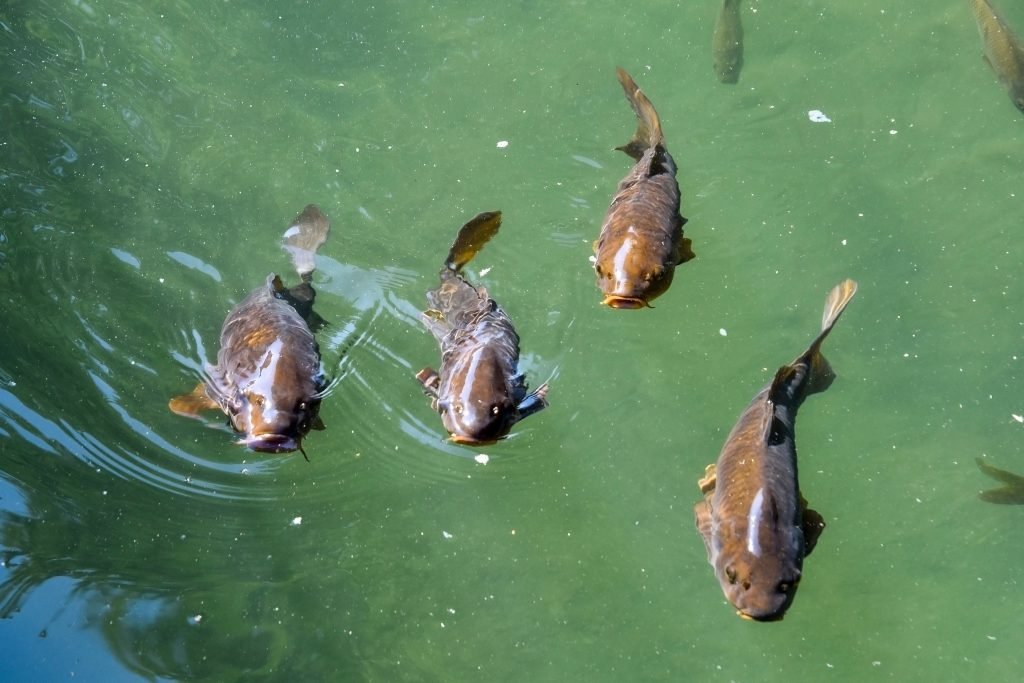
When you understand how carp act and their most common feeding habits, fishing just changes for you. It makes the difference between just tossing a random bait in the water and knowing how, when and where to cast the right bait.
In this section, I will discuss the feeding habits and preferred habitats of common carp and grass carp.
Carp Feeding Habits
Carp are bottom feeders and have a diverse diet. They feed on a wide range of food sources such as insects, crustaceans, mollusks, and plant matter. They have a keen sense of smell and taste, and their chemoreceptors enable them to detect even the slightest amount of food in the water. Carp are known to feed heavily in the early morning and late evening, but they can also be caught during the day if the conditions are right.
When it comes to bait, carp are attracted to baits such as boilies, corn, and pellets. In colder water temperatures, carp feed less frequently, but they still need food to survive. Therefore, using high-protein baits (like the ones mentioned above) can be very effective in attracting carp during the winter months.
Preferred Carp Habitats
Carp are found in a wide range of aquatic environments, including rivers, lakes, and ponds. They prefer slow-moving or still water with a soft bottom, such as mud or silt. Carp are also known to inhabit areas with aquatic vegetation, as these provide cover and a source of food.
Water temperature is also an important. In warmer water temperatures, carp are more active and tend to move around more, that’s why you need to suspend bait at different depths. In colder water temperatures, they become less active and seek out deeper water where the temperature is more stable.
Homemade Carp Baits

Homemade baits can be just as effective (sometimes even more) as store-bought ones, and they can save you money in the long run. Here are a few of my favorite homemade carp baits:
Dough Baits
Dough baits are easy to make and can be molded into any shape or size. One of the most popular dough baits is made with bread and cheese. Simply mix bread crumbs, cheese, and water until you have a dough-like consistency. You can also add other ingredients like garlic powder, cinnamon, or vanilla extract to give it a unique flavor. The possibilities are endless.
Particle Baits
Particle baits are made from small, round particles like sweetcorn or potatoes. These baits are cheap and durable, making them a great option for beginners. To make a sweetcorn particle bait, simply drain a can of sweetcorn and mix it with some vanilla extract. For a potato particle bait, boil some potatoes until they are soft, then mash them up and mix them with some flour and water.
For a more detailed guide on home-made baits, check this article out.
Frequently Asked Questions
What type of scent attracts carp the most effectively?
Carp have a strong sense of smell and are attracted to a variety of scents. However, some scents are more effective than others. In my experience, scents such as strawberry, vanilla, and anise have proven to be very effective in attracting carp. These scents can be added to your bait or used in conjunction with attractant sprays.
Which carp fishing gear essentials enhance bait effectiveness?
Carp fishing gear such as baiting needles, hair rigs, and baiting spoons can all enhance the effectiveness of your bait. Baiting needles allow you to easily thread your bait onto your hook, while hair rigs help to present your bait in a natural and enticing manner. Baiting spoons are also useful for distributing bait accurately and efficiently.
What are some top-secret baits that experienced anglers use for carp?
While there are no “top-secret” baits, experienced anglers often have their own preferred baits and techniques for catching carp. Some anglers swear by boilies, while others prefer corn or maggots. Ultimately, the best bait will depend on a variety of factors, including the time of year, weather conditions, and the specific carp you are targeting.
What baits have proven most successful for carp fishing in lakes?
In my experience, boilies, corn, and bread have all proven to be very successful baits for carp fishing in lakes. These baits can be fished on the bottom or suspended at various depths using a float or PVA bag.
How can I increase my chances of catching carp quickly?
To increase your chances of catching carp quickly, it’s important to choose the right bait and presentation. Additionally, location is key. Look for areas of the lake where carp are likely to be feeding, such as near weed beds or drop-offs. Finally, be patient and persistent. Carp can be elusive, but with the right approach, you can increase your chances of success.
What artificial lures have been shown to work well for carp?
While carp are primarily bottom feeders and tend to prefer natural baits, artificial lures such as soft plastics and crankbaits can still be effective in certain situations. When using artificial lures for carp, it’s important to choose lures that mimic the size and color of the carp’s natural prey. Additionally, lures should be fished slowly and close to the bottom.



